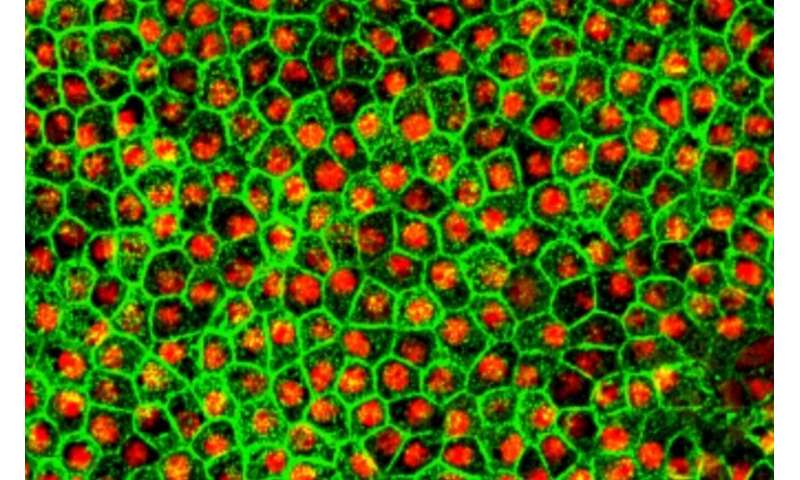Researchers at Karolinska Institutet and St Erik Eye Hospital in Sweden have discovered a way to refine the production of retinal cells from embryonic stem cells for treating blindness in the elderly.
Using CRISPR/Cas9 gene editing, they also modified the cells so that they can hide from the immune system to prevent rejection.
The studies are published in the scientific journals Nature Communications and Stem Cell Reports.
Age-related macular degeneration of the eye is the most common cause of blindness in the elderly. This loss of vision is caused by the death of the photoreceptors (the rods and cones) resulting from the degeneration and death of the underlying retinal pigment epithelial (RPE cells), which provide the rods and cones vital nourishment. A possible future treatment could be to transplant fresh RPE cells formed from embryonic stem cells.
Since you’re here...we have a small favor to ask. Retina Global is a nonprofit, and we have to depend on your support to sustain the work we do. Hence the need to ask for your help. Retina Global's work is important, since it not only provides help to disadvantaged people, but also provides resources for developing new treatments that can potentially cure blindness. What we do takes a lot of time, money and hard work. But we do it because we believe we have to help stop someone somewhere from going blind. So make a difference. Click here to donate. Your support is much appreciated. Thank you!
Working with colleagues at St Erik Eye Hospital, researchers at Karolinska Institutet have now found specific markers on the surface of the RPE cells that can be used to isolate and purify these retinal cells. The results are published in Nature Communications.
One obstacle when transplanting tissue generated from stem cells is the risk of rejection, which occurs if transplantation antigens of the donor and patient tissue differ. Research groups around the world are therefore working on creating what are known as universal cells, which ideally will not trigger an immune response.
In a study published in Stem Cell Reports, the same group at Karolinska Institutet created embryonic stem cells able to hide from the immune system. Using CRISPR/Cas9 gene editing, they removed certain molecules, HLA class I and class II, which sit on the surface of the stem cells as a means by which the immune system can identify them as endogenous or not. The stem cells lacking these molecules were then differentiated into RPE cells.
The researchers have been able to show that the modified RPE cells retain their character, that no harmful mutations appear in the process and that the cells can avoid the immune system's T cells without activating other immune cells. The rejection response was also significantly less and more delayed than after the transplantation of regular RPE cells, the surfaces of which still possess HLA molecules.
To read academic papers, click here and here.
Here's the source for this article.
More about Retina Global here. We seek your support. Click here to donate.

No comments:
Post a Comment
Thanks for your comments. We will get back to you shortly if there is a need to respond to it.
- Admin, Retina Global
Read more on Retina Global.